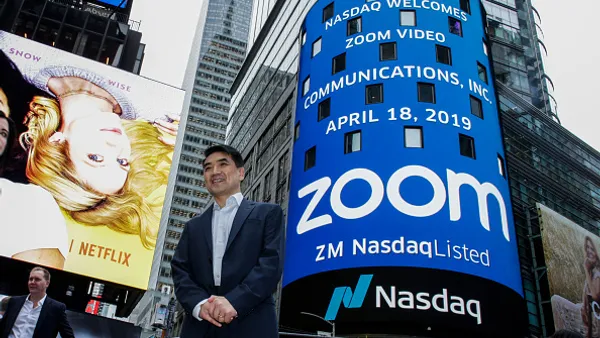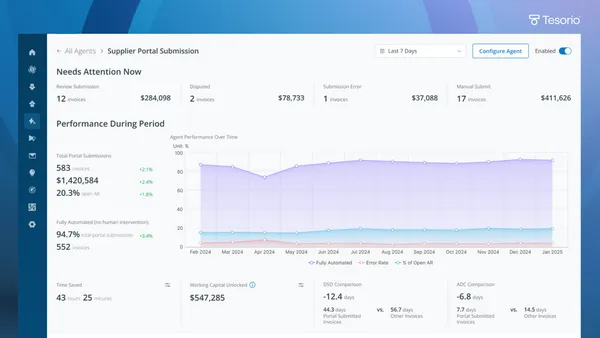As the end of the year approaches, businesses are shifting their attention to the new opportunities they’ll be able to capitalize on in 2021.
They’re focusing on how to rebuild and drive growth while overcoming challenges with the new and massive remote working trend. They’re also thinking about which technologies to invest in to improve productivity, accelerate processes and improve customer relationships.
To learn more about these challenges and opportunities, we recently completed two related research projects. First, we analyzed middle market spending trends across multiple industries.
Our company helps thousands of companies automate accounts payable (AP) transactions and process more than 12 million payments annually across the AvidPay Network. Playing a role in that many transactions, we wondered what kind of macro trends were unfolding right in front of us. So we combed through our data to see where middle market companies spent more, where they spent less and what it all means.
Next, we surveyed 700 U.S. business leaders and asked about their challenges and priorities.
Out of everything we learned, one major trend unfolded: Despite challenging circumstances, technology spending market growth remains strong and will fuel market momentum next year – particularly in the finance industry.
Here’s a closer look:
Spending research
In our Middle Market Spending Trends Report, we found that spending in the technology industry has not only held up, it’s growing. Among the five industries, none had more consistent upward momentum than the technology sector. That’s largely because during the pandemic, technology has been more crucial than ever for people to get work done.
Here are a few key findings: During this year’s first three quarters, spending rates in the technology industry grew by 14.3 percent, 7.6 percent and 13.8 percent. The minor slowdown in the second quarter suggests companies were initially hesitant to make investments with the uncertainty of the pandemic but then quickly realized technology was a necessity and increased their spending.
These growth rates far exceed other industries. In the second quarter alone, for example, spending on construction, transportation and warehousing, and accommodation and food services dropped by -2 percent, -38 percent, and -49 percent, respectively.
Anticipated use of technology in 2021
Next, we asked business leaders about digital technology usage and which ones will be most important next year.
What we found is straightforward: Use of digital technologies will become more widespread. An impressive two-thirds (62 percent) anticipate at least half of all internal operations will become fully digital in 2021, and 46 percent expect at least half of AP and payment processes will go digital.
Business leaders will be using many technologies but they believe some are more important than others in enabling digital transformation. Over a third (35 percent) cited cloud computing as the most important, followed by artificial intelligence (28 percent), machine learning (15 percent) and big data (12 percent). In many ways, these technologies help companies reduce operating and infrastructure costs, increase productivity, use data to make better decisions and deliver more personalized services to customers.
Will finance and accounting transition towards digital in a significant way in 2021? Turns out the answer is yes. More than half (54 percent) of respondents believe digital technology will be pivotal to the growth of the finance and accounting profession next year.
Final thoughts
In this unusual year, no industry nor profession is immune from the rapid changes in business dynamics now unfolding. It’s been a year for us all to remember, a year of creative and imaginative thinking by business professionals.
2020 has inspired us to embrace the art of the possible, to prove that we can be highly productive working from home, that digital technologies can make us stay in touch with our co-workers and get things accomplished, and that financial transactions online are becoming much more pervasive.
It’s been a year when spending trends and technology preferences are particularly strong indicators of where markets will be headed in 2021.
To check out more data from our spending research and survey results, head to our website.










